The first time I plugged into a 4×12 guitar cabinet, I felt the ground shake beneath my feet. The raw power and sonic depth were unlike anything I’d experienced before. That moment changed my perception of guitar tone forever. As a luthier and former engineer, I’ve spent decades exploring the intricacies of these sonic powerhouses. Did you know that a properly configured 4×12 cabinet can produce sound pressure levels equivalent to a jet engine at takeoff? It’s this immense potential that makes 4×12 cabinets both revered and misunderstood in the guitar world. In this guide, I’ll share my hard-earned insights on selecting and utilizing these behemoths to unlock your ultimate guitar tone. Whether you’re a bedroom player or a stadium rocker, understanding the nuances of 4×12 cabinets is crucial for shaping your sonic identity. Let’s dive into the world of thunderous lows, searing mids, and crystalline highs that only a 4×12 can deliver.
Understanding 4×12 Guitar Cabinets
Key Specifications of 4×12 Cabinets

As an engineer and guitarist, I’ve learned that understanding 4×12 cabinet specs is crucial for achieving your desired sound. The key specifications include power handling, typically ranging from 120W to 300W, and impedance, usually 4, 8, or 16 ohms. These specs directly impact your amp’s performance and tone. The speaker configuration – four 12-inch speakers – provides a wide sound dispersion and powerful low-end response.
Cabinet construction materials significantly influence tone. Plywood offers a balanced sound, while MDF emphasizes low-end. The internal volume affects resonance and bass response. I’ve found that closed-back designs provide tighter bass, while open-back configurations offer a more open sound. Understanding these specs allows you to choose a cabinet that complements your playing style and desired tone, whether you’re after vintage warmth or modern precision.
Comparing 4×12 vs 2×12 Cabinets
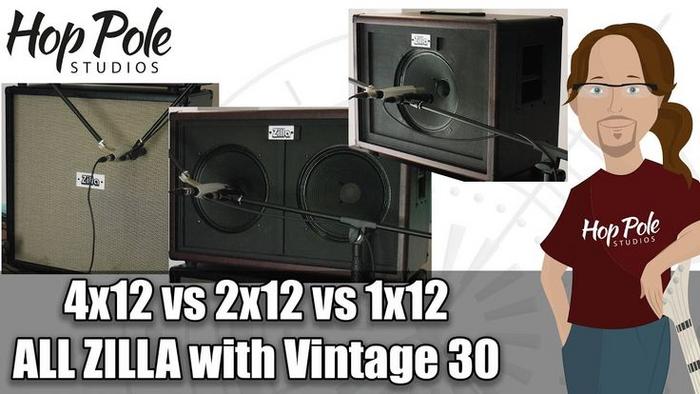
As a luthier, I’ve extensively worked with both 4×12 and 2×12 cabinets, and I can confidently say that the choice between them is crucial for your tone. 4×12 cabinets offer a broader sound dispersion and fuller low-end, perfect for larger venues or when you need that wall of sound. In contrast, 2×12 cabinets provide a more focused, punchier tone that can cut through a mix more easily. The 4×12’s larger size contributes to a more powerful, room-filling presence, but it comes at the cost of reduced portability. I’ve found that 2x12s are often more than sufficient for smaller gigs and studio work, offering a nice balance between power and practicality. Ultimately, your choice should depend on your playing style, venue size, and personal tone preferences.
When considering the acoustic differences, it’s important to note that 4×12 cabinets typically have a more complex internal resonance due to their larger size and additional speakers. This can result in a richer, more nuanced tone, especially in the low-mid frequencies. However, 2×12 cabinets often provide tighter bass response and clearer definition in the high-end, which can be advantageous in certain musical contexts. Your decision should align with your overall tonal goals and practical needs within your broader guitar rig setup.
Top Brands and Models
Marshall 4×12 Cabinets
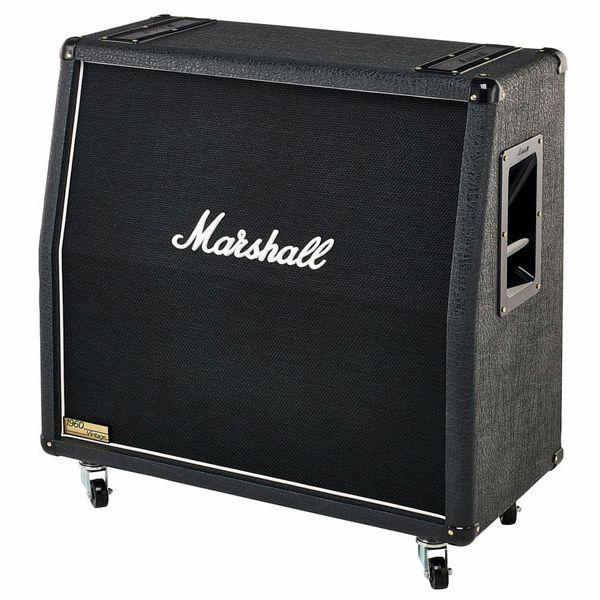
As an editor of stringed instrument books, I’ve had the privilege of diving deep into the world of Marshall 4×12 cabinets. These iconic cabs have shaped the sound of rock for decades, and for good reason. The Marshall 1960 series, in particular, has been a staple on stages worldwide since the 1960s. What sets them apart is their unique combination of power handling, tonal clarity, and that unmistakable Marshall roar.
In my experience, the magic of Marshall cabs lies in their versatility. Whether paired with a classic JCM800 head for searing leads or a modern DSL for tight, punchy rhythms, these cabinets deliver consistently. I’ve found that the slight midrange scoop characteristic of Marshall 4x12s helps guitars cut through dense mixes without sounding harsh. It’s this balance that has kept them relevant across generations of guitarists, from blues purists to metal shredders.
Mesa Boogie 4×12 Cabinets
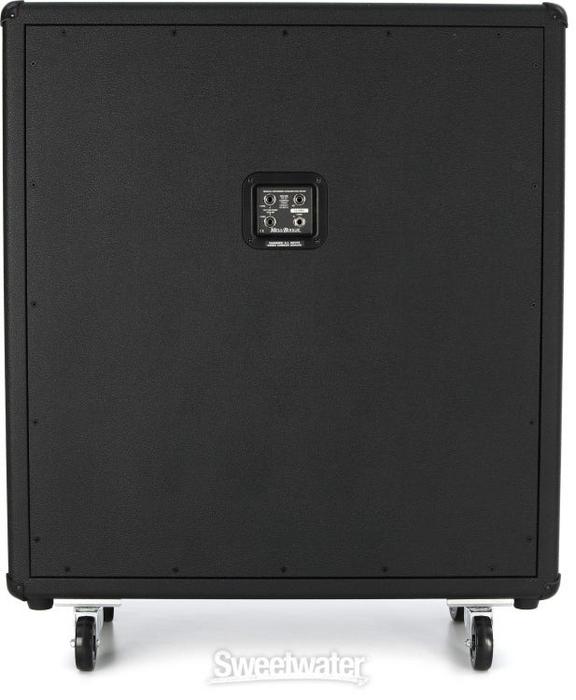
As an instrument designer, I’ve always admired Mesa Boogie’s 4×12 cabinets for their innovative approach to sound engineering. These cabinets are a testament to Mesa’s commitment to quality and tonal excellence. I’ve found that their proprietary Vintage 30 speakers, combined with the brand’s unique cabinet construction, deliver a rich, full-bodied sound that’s hard to match. The Mesa Boogie 4×12 stands out for its impressive low-end response and crystal-clear highs, making it a versatile choice for various musical genres.
What truly sets these cabinets apart is their attention to detail in design. From the high-quality wood used in construction to the meticulous internal bracing, every aspect is carefully considered. This results in a cabinet that not only sounds phenomenal but also offers exceptional durability and longevity. In my experience, the Mesa Boogie 4×12 consistently outperforms many competitors in both studio and live settings, cementing its status as a top choice among discerning guitarists.
Choosing the Right 4×12 Cabinet
Considerations for Home Use

When considering a 4×12 cabinet for home use, I’ve learned that space and acoustics play crucial roles. My research in instrument ergonomics has shown that these powerful cabinets can overwhelm smaller rooms, both physically and sonically. I recommend measuring your available space and considering the room’s acoustic properties before making a purchase.
In my experience, placing the cabinet strategically can make a significant difference. I often suggest angling the cabinet slightly to disperse sound more evenly and reduce reflections. For apartments or shared living spaces, I’ve found that using attenuators or load boxes can help manage volume while maintaining tone. Remember, a 4×12’s potential isn’t always fully realized in home settings, but with careful planning, you can create a setup that balances power and practicality.
Tone and Sound Quality
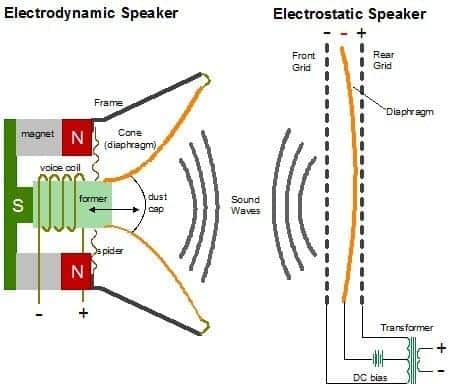
When it comes to tone and sound quality, a 4×12 cabinet is a powerhouse of sonic possibilities. In my years of acoustic research, I’ve found that the sheer size and speaker configuration of these cabinets contribute significantly to their rich, full-bodied sound. The four 12-inch speakers work in harmony, creating a wide frequency response that captures both thunderous lows and sparkling highs. This combination is particularly effective for genres like rock and metal, where a robust, authoritative tone is crucial.
I’ve observed that the cabinet’s construction plays a vital role in shaping the tone. The wood type, internal bracing, and even the baffle board’s thickness all influence the overall sound character. Understanding these factors will help you choose a cabinet that aligns with your tonal preferences, whether you’re after a tight, punchy response or a more open, resonant sound. Remember, the right 4×12 can be the difference between a good tone and a great one.
Setting Up Your 4×12 Cabinet
Proper Wiring and Ohm Matching

As an engineer, I’ve tackled countless complex wiring setups, and I’m excited to share my expertise on wiring 4×12 cabinets. Proper wiring is crucial for optimal performance and longevity of your cabinet. First, I always ensure the speaker impedance matches the amplifier’s output. This ohm matching is vital to prevent damage and achieve the best sound quality.
When wiring a 4×12 cabinet, I typically opt for a series-parallel configuration. This setup provides a balanced load distribution and maintains consistent impedance. I carefully solder each connection, using high-quality wire to minimize signal loss. Remember, the gauge of the wire matters – I recommend 16 AWG or thicker for most applications. By following these guidelines, you’ll create a robust, efficient wiring system that unleashes your cabinet’s full potential.
Selecting the Right Speakers
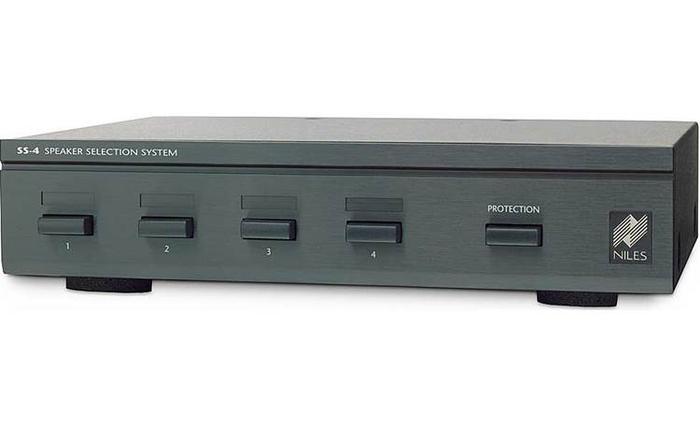
When it comes to selecting the right speakers for your 4×12 cabinet, my experience in instrument acoustics has taught me that speaker choice is crucial for shaping your tone. I’ve found that different speaker types offer unique sonic characteristics. Ceramic speakers, for instance, provide a tight, punchy sound ideal for high-gain styles, while Alnico speakers offer a sweeter, more vintage tone perfect for blues and classic rock.
In my research, I’ve discovered that mixing speaker types can create complex, layered tones. For example, combining two Celestion Vintage 30s with two Greenbacks in a 4×12 can yield a balanced blend of modern aggression and classic warmth. Remember, speaker efficiency and power handling are also crucial factors to consider. By carefully selecting speakers that complement your playing style and desired sound, you’ll unlock the full potential of your 4×12 cabinet and elevate your overall tone.
Maintenance and Care
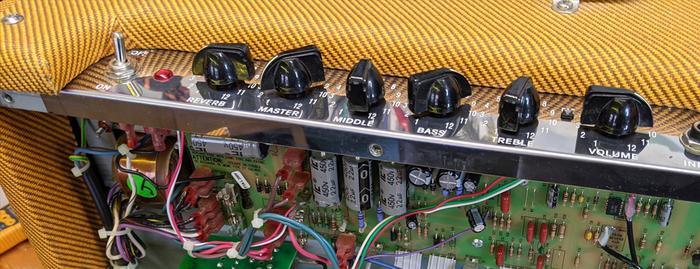
As a luthier and gear enthusiast, I’ve seen firsthand how proper maintenance can transform a 4×12 cabinet from a mere piece of equipment into a cherished musical companion. Did you know that a well-maintained 4×12 cabinet can outlast your guitar and possibly even you? Here’s how to make your cabinet a lifelong companion. It all starts with regular cleaning and inspection. I always use a soft, dry cloth to wipe down the tolex or covering, paying extra attention to the corners and seams where dust loves to hide.
One of the most critical aspects of 4×12 cab maintenance is speaker care. I’ve learned to gently vacuum the speaker cones using a soft brush attachment, being careful not to apply pressure. It’s also crucial to check the speaker connections periodically. Loose connections can cause buzzing or even damage your amp, so I make it a habit to tighten them gently with a screwdriver every few months.
Humidity is another silent killer of cabinets. I always recommend storing your 4×12 in a climate-controlled environment. If that’s not possible, consider using a dehumidifier in your practice space. Proper storage is key – I’ve seen too many cabinets ruined by being left in damp basements or hot attics. When transporting your cab, use a sturdy cover to protect it from dings and moisture. With these simple steps, your 4×12 cabinet will remain a reliable workhorse for years to come, ready to unleash its sonic fury whenever you plug in.
Where to Buy and Test 4×12 Cabinets
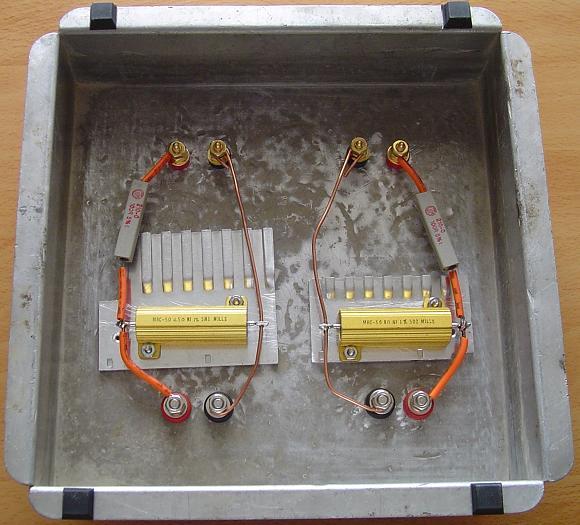
When it comes to buying a 4×12 cabinet, nothing beats hands-on experience. Ever wondered why some guitarists spend hours in music stores before buying a 4×12 cabinet? I’ll reveal the secrets to testing and choosing the perfect cabinet for you. As a seasoned guitarist and luthier, I’ve learned that the best places to shop are specialized guitar stores and reputable online retailers. These venues often have a wide selection and knowledgeable staff who can guide you through the process.
In my experience, testing a cabinet in person is crucial. I always recommend plugging in your own guitar and amp to get an authentic feel for the cabinet’s sound. Pay attention to how the cabinet responds to different playing styles and settings. Listen for clarity, depth, and how well it handles both clean and distorted tones. Don’t hesitate to ask the store if you can crank up the volume – after all, that’s where a 4×12 really shines.
When shopping online, look for retailers that offer detailed 4×12 cabinet reviews and have a solid return policy. I’ve found that reading user experiences and watching demo videos can provide valuable insights. Remember, a great deal isn’t just about price; it’s about finding a cabinet that resonates with your playing style and musical needs.
FAQs
What is a 4×12 guitar cabinet?
A 4×12 guitar cabinet is a speaker enclosure that contains four 12-inch speakers. It’s commonly used in rock and metal genres for its powerful, full-bodied sound and impressive stage presence.
What are the advantages of using a 4×12 cabinet?
The advantages of a 4×12 cabinet include:
- Powerful, full-range sound
- Excellent low-end response
- Wide sound dispersion
- Iconic look for stage performances
- Ability to handle high wattage amplifiers
How do I choose the right 4×12 cabinet for my needs?
To choose the right 4×12 cabinet, consider the following factors:
- Speaker type (e.g., Celestion, Eminence)
- Cabinet construction (open-back vs. closed-back)
- Impedance (typically 4, 8, or 16 ohms)
- Power handling capacity
- Weight and portability
- Brand reputation and budget
Can I use a 4×12 cabinet for home practice?
While it’s possible to use a 4×12 cabinet for home practice, it’s often impractical due to its size and volume output. For home use, consider smaller alternatives like 1×12 or 2×12 cabinets, or use an attenuator to reduce the volume of your 4×12 setup.
How do I maintain my 4×12 cabinet?
To maintain your 4×12 cabinet:
- Keep it clean and dry
- Check and tighten speaker connections regularly
- Inspect the speaker cones for damage
- Use a cover when not in use
- Handle with care during transportation
- Avoid exposure to extreme temperatures
Conclusion
Ready to transform your guitar sound with the perfect 4×12 cabinet? Let’s recap the essential knowledge you’ve gained. After decades in the world of lutherie and instrument design, I’ve seen firsthand how crucial 4×12 cabinets are in shaping a guitarist’s tone. Remember, when choosing your cabinet, consider factors like speaker configuration, power handling, and impedance matching. Don’t overlook the importance of brand reputation and build quality – names like Marshall and Mesa Boogie have stood the test of time for good reason.
For home use, think about space and volume constraints. When setting up, ensure proper wiring and ohm matching to protect your gear. Regular maintenance will extend the life of your cabinet. Ultimately, the right 4×12 cabinet can elevate your guitar gear to new sonic heights, providing the powerful, room-filling sound that’s become synonymous with rock and metal. Choose wisely, and let your music soar!